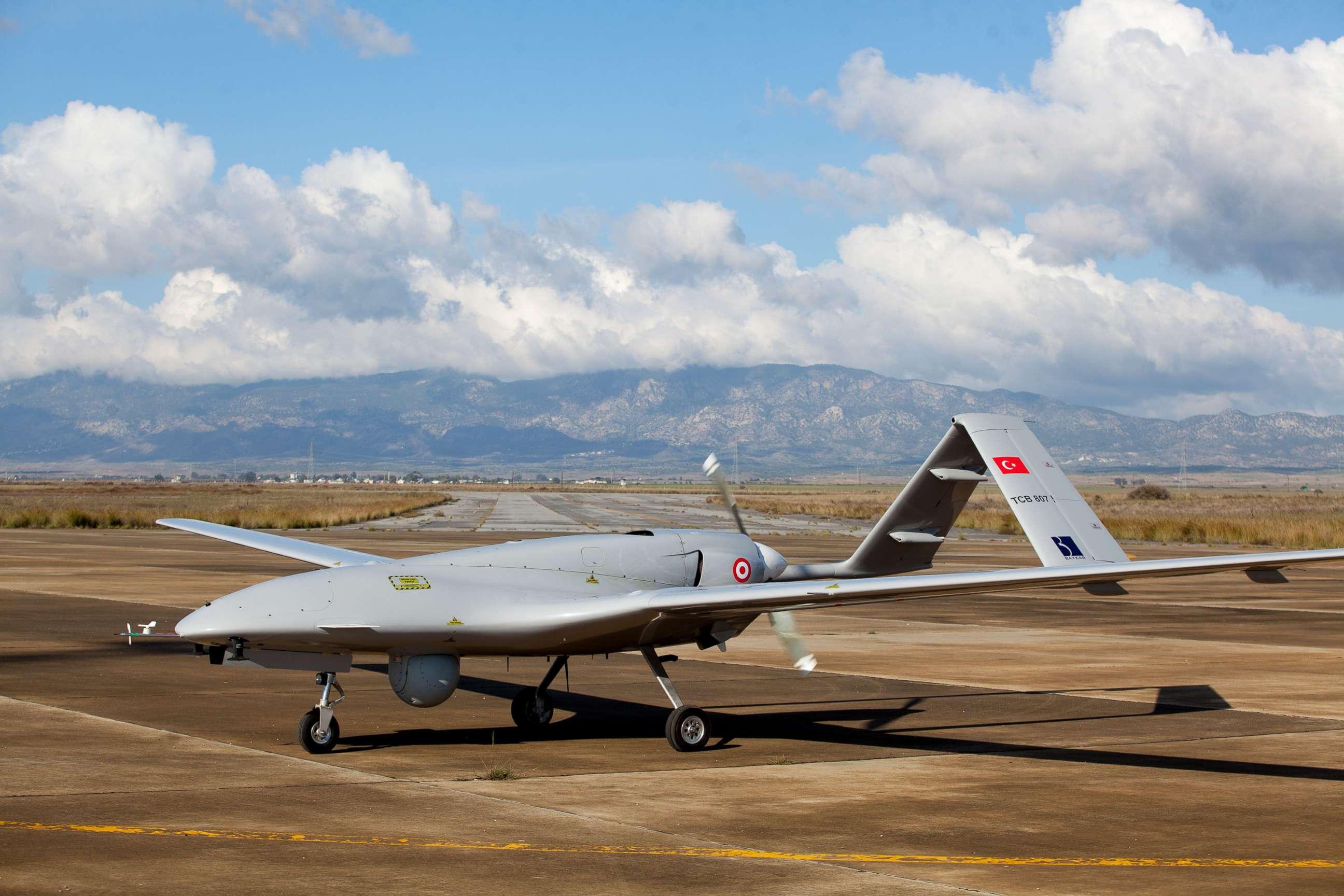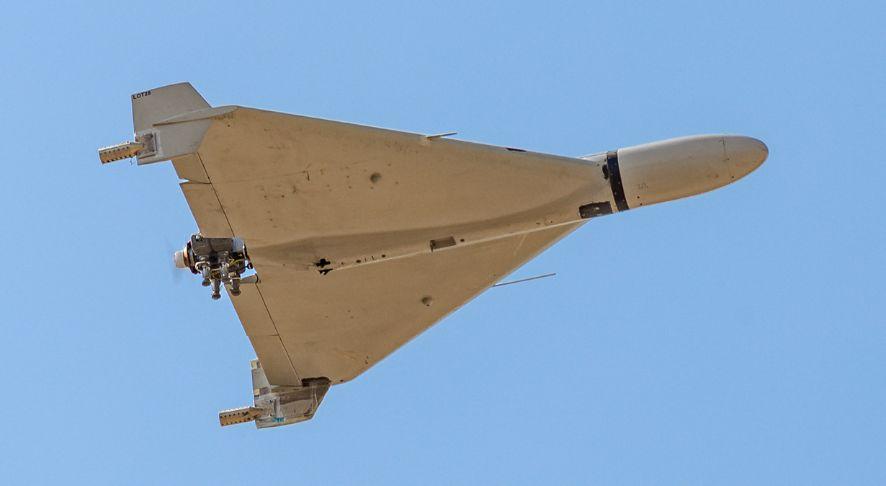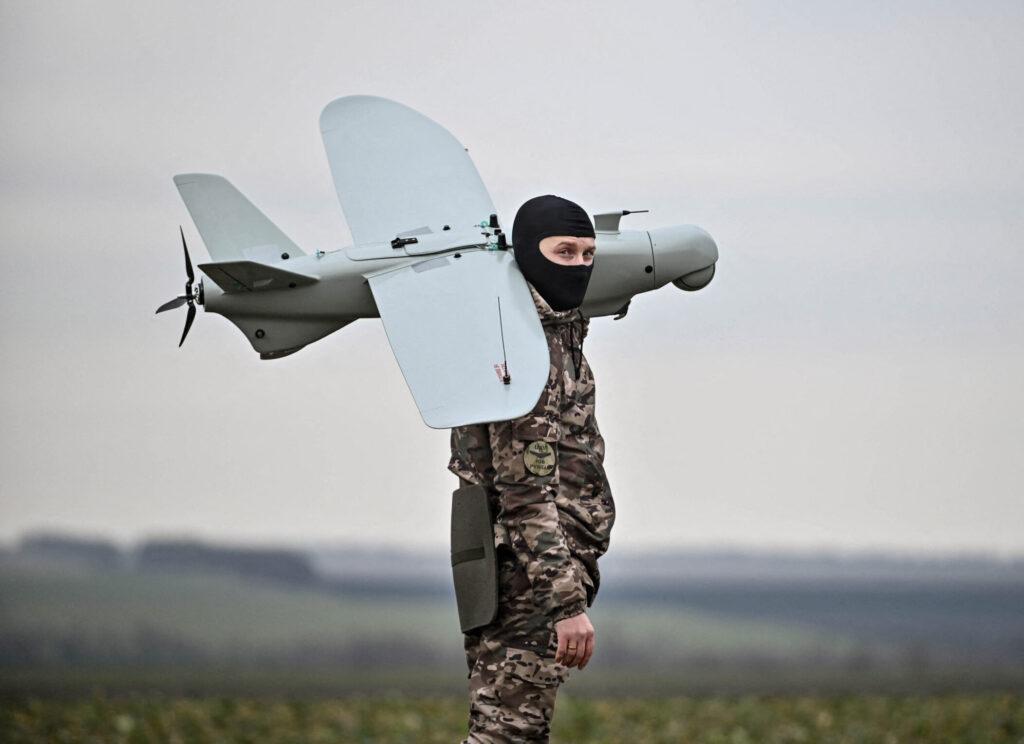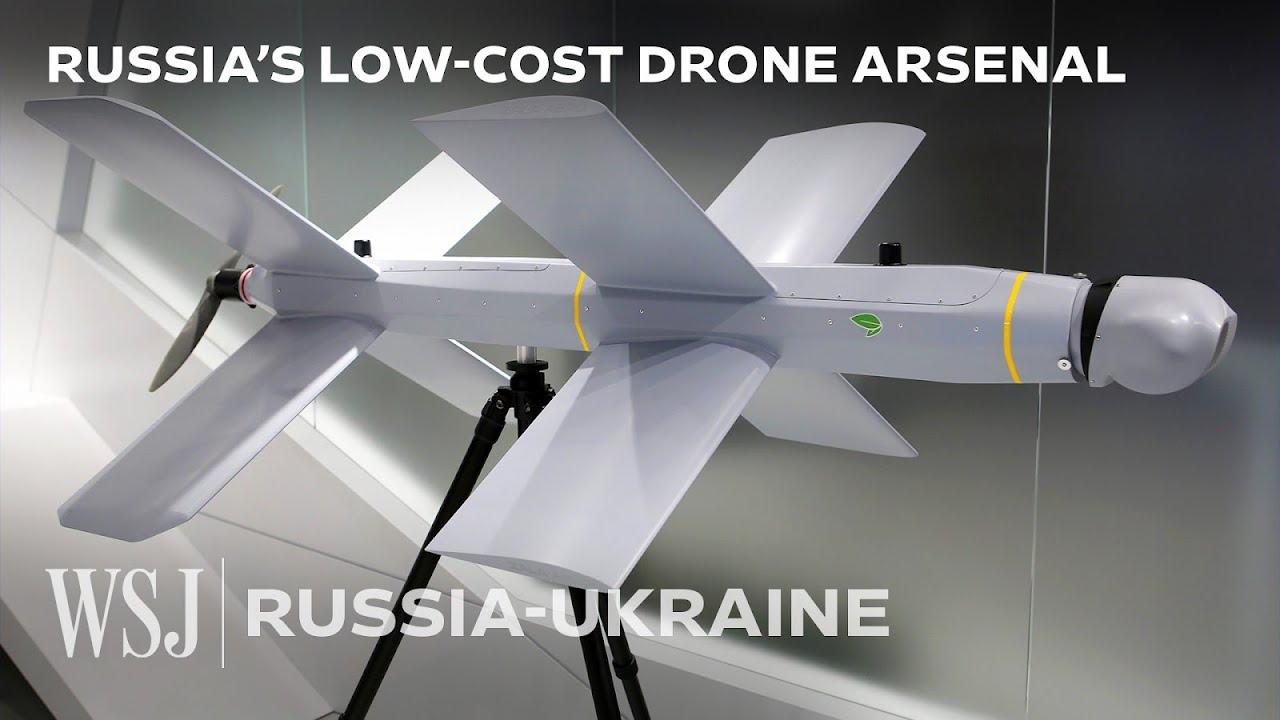Russian Drone Strikes Escalate tensions and undermine Peace Talks
The recent surge in drone strikes by Russian forces has intensified the already fragile dynamics surrounding the conflict in Ukraine, dramatically undermining any aspirations for a diplomatic resolution. As these unmanned aerial assaults target critical infrastructure and civilian areas, fears mount that they not only escalate the violence but also further entrench both sides in a cycle of retaliation. The ensuing chaos disrupts vital communication channels, making negotiations increasingly elusive. Analysts warn that the aggressive use of drones signals a shift in strategy, emphasizing military might over meaningful dialog.
This resurgence of hostilities complicates the already complex landscape of peace talks, as international actors grapple with the implications of a deteriorating situation. The reaction from global entities has been one of deep concern, with calls for immediate cessation of drone operations and renewed efforts to mediate. Yet, the persistence of aerial assaults raises a basic question: can any peace efforts gain traction when trust is continuously eroded by such calculated military actions? The potential for resolution seems dim, as both Ukrainian and Russian leadership brace for what could be a prolonged period of conflict, with devastating consequences for the civilian population caught in the crossfire.

Impact on Civilian Infrastructure: The Human Cost of Drone Warfare
As drone strikes intensify across Ukraine, the toll on civilian infrastructure becomes increasingly evident. Essential services and facilities in the targeted regions have suffered extensive damage, leading to a multifaceted humanitarian crisis. Schools, hospitals, and public transport hubs bear the scars of conflict, disrupting day-to-day life and impeding access to crucial resources. Among the most affected are:
- Schools: Classrooms converted into rubble inhibit children’s education, exacerbating a lost generation’s prospects.
- Healthcare Facilities: Attacks on hospitals not only damage physical structures but also demoralize healthcare workers and limit patient care.
- Energy Infrastructure: Destruction of power plants leads to widespread blackouts,impacting heating,lighting,and food preservation during harsh winters.
The effects of such damage reverberate throughout society, intertwining military aggression with civilian suffering.As the conflict drags on, the human cost associated with these aerial tactics escalates, with families left to grapple with the aftermath of destruction. While drone warfare may provide tactical advantages for those who employ it, the broader implications reveal an unsettling reality where civilian life and infrastructure are the unfortunate casualties of geopolitical ambitions.

International Response: Analyzing Global Reactions and Their Consequences
The ongoing conflict in Ukraine has prompted a complex web of international reactions, varying widely from condemnation to strategic support, as global powers grapple with the implications of Russian drone strikes. Western nations have generally condemned the aggression, emphasizing the need for a united front against what they perceive as blatant violations of international law. This has resulted in actions such as increased sanctions against Russia and the provision of military aid to Ukraine. Key players in this arena include:
- The United States: Has pledged continued support through arms shipments and financial aid.
- European Union: Is implementing further sanctions while urging member states to bolster defense resources.
- NATO: Has reinforced its eastern flank, sending clearer signals of deterrence against potential further escalations.
Conversely, countries like China and India have exhibited a more neutral stance, advocating for dialogue over escalation.This ambivalence raises questions about the effectiveness of diplomatic channels in achieving a ceasefire, resulting in a fragmented international consensus. The ramifications of these varied reactions are profound,potentially shaping the geopolitical landscape for years to come. For instance,emerging alliances may shift as nations evaluate their positions amid Russian aggressiveness and the West’s strategic recalibrations. The divergent approaches to this crisis underscore not only the complexities of international politics but also the importance of sustained engagement to navigate a path toward peace.

Path forward: Strategies for Mediation Amidst Rising hostilities
As tensions escalate with the ongoing drone strikes, the possibility of reaching a diplomatic resolution appears more elusive than ever. To navigate these troubled waters and foster a conducive habitat for mediation, several strategic approaches must be considered:
- Engage in Inclusive Dialogue: It is essential to create forums that allow diverse stakeholders, including civil society representatives, to voice their concerns and aspirations. This inclusivity can help build trust among conflicting parties and carve out common ground.
- Establish Confidence-Building Measures: Initiatives such as cease-fracture agreements and demilitarized zones can reduce immediate hostilities and create a buffer for constructive negotiations.
- Encourage Third-Party Mediation: Neutral countries or international organizations could play a crucial role in facilitating discussions, helping to maintain an impartial standpoint that could ease tensions and prevent escalation.
- Focus on Humanitarian Needs: immediate relief efforts addressing the urgent humanitarian crisis can shift the narrative from conflict to cooperation, showing that collaboration can yield tangible benefits for affected populations.
As the impact of drone warfare reverberates throughout the region, it necessitates a re-evaluation of existing strategies to resolve the crisis. placing emphasis on sustained engagement and open channels for communication may yield pathways for de-escalation while fostering a climate conducive to peacebuilding efforts:
- Utilize Digital Diplomacy: Leverage technology platforms for dialogue, allowing participants from different sides to communicate directly, thereby humanizing the opposing perspectives.
- Promote Economic Collaboration: Joint initiatives aimed at rebuilding and economic recovery can encourage interdependence and create a vested interest in peaceful coexistence, diminishing the desire for conflict.
- Invest in Education and awareness Programs: Long-term peace will require future generations to embrace cultures of understanding and tolerance; education initiatives can serve as a foundation for this conversion.
- Foster Grassroots Movements: Engaging local actors to champion peace acts can create momentum from within, ensuring that the push for mediation is driven by the communities most affected by the conflict.
